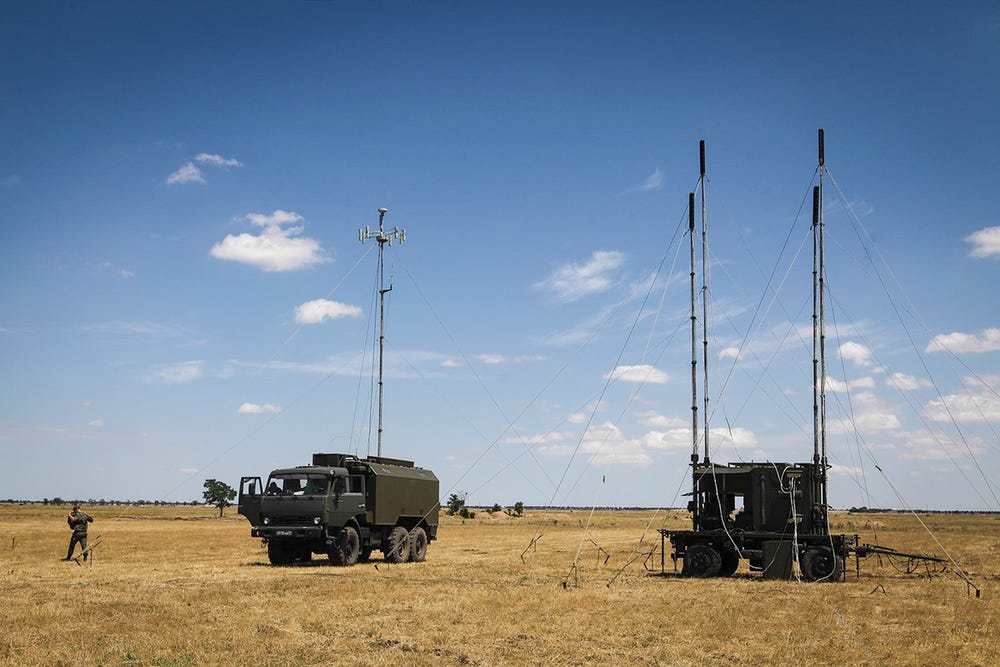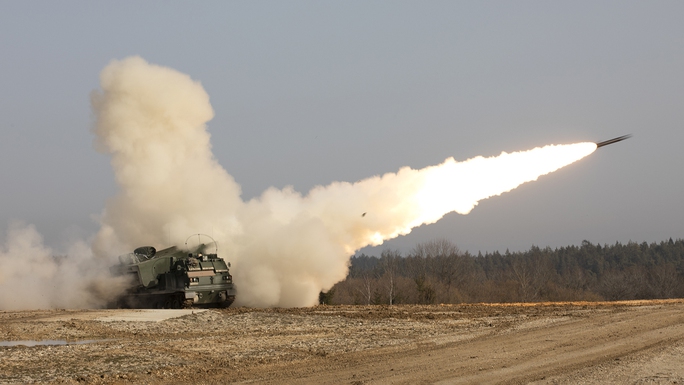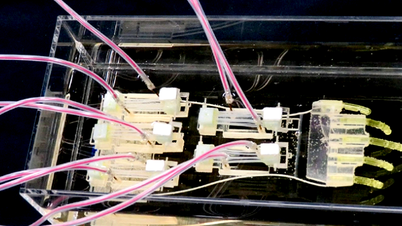When the HIMARS were first deployed to Ukraine last year, they were highly accurate, Reznikov told the Financial Times on July 5. However, Russia has powerful radio-electronic systems and eventually figured out how to jam GPS-guided shells and rockets from the HIMARS.
Mr. Reznikov describes this as a technological war. Russia finds a way to respond, Ukraine informs its partners, and they find a new way to counter Russian tactics.

Russian R-330Zh Zhitel complex. Photo: Russian Ministry of Defense
Mr. Reznikov said that for the world's military industry, there is no better weapons testing ground than Ukraine. Therefore, he argued that the West could deploy weapons to Ukraine to test whether they work effectively or need to be upgraded.
Meanwhile, according to RT , the Russian Defense Ministry said it had destroyed dozens of HIMARS systems with kamikaze drones and artillery fire, although these claims were denied by Kiev and Washington.
Ukraine has been supplied with dozens of HIMARS systems, which have a range of 85km, since June last year. The West has described the system as a game-changer in the conflict.

The US HIMARS "fire god" launches a missile. Photo: CSIS
However, the Royal United Services Institute (RUSI) recently published an analysis showing that Russia's electronic warfare activities - considered "invisible killers" - are becoming an increasingly serious threat to Western smart weapons aided to Ukraine, especially the US's JDAM and HIMARS guided bombs.
According to Business Insider , RUSI researcher Thomas Withington said: "Jamming does not stop JDAMs from working, but it does put their accuracy at risk."
While anti-jamming upgrades to the JDAM could help mitigate the risk, Russian electronic warfare systems can easily overwhelm GPS guidance signals from satellites.
Withington said the R-330Zh Zhitel, a Russian truck-mounted mobile electronic warfare system, is designed to disrupt GPS signals and satellite connections in the 100 MHz to 2 GHz frequency range. The Zhitel's operating range is up to 46 km, and its jamming power is 10 kW, significantly stronger than GPS signals coming from space.
According to the RUSI report, Russian electronic warfare forces have a “high capability” to intercept and decode Ukrainian radio communications. However, Russia’s electronic warfare operations also have some limitations. Powerful jamming beams can also disrupt the radio communications and satellite navigation of Russian forces themselves.
Source































![[Photo] Signing of cooperation between ministries, branches and localities of Vietnam and Senegal](https://vphoto.vietnam.vn/thumb/1200x675/vietnam/resource/IMAGE/2025/7/24/6147c654b0ae4f2793188e982e272651)








































































Comment (0)